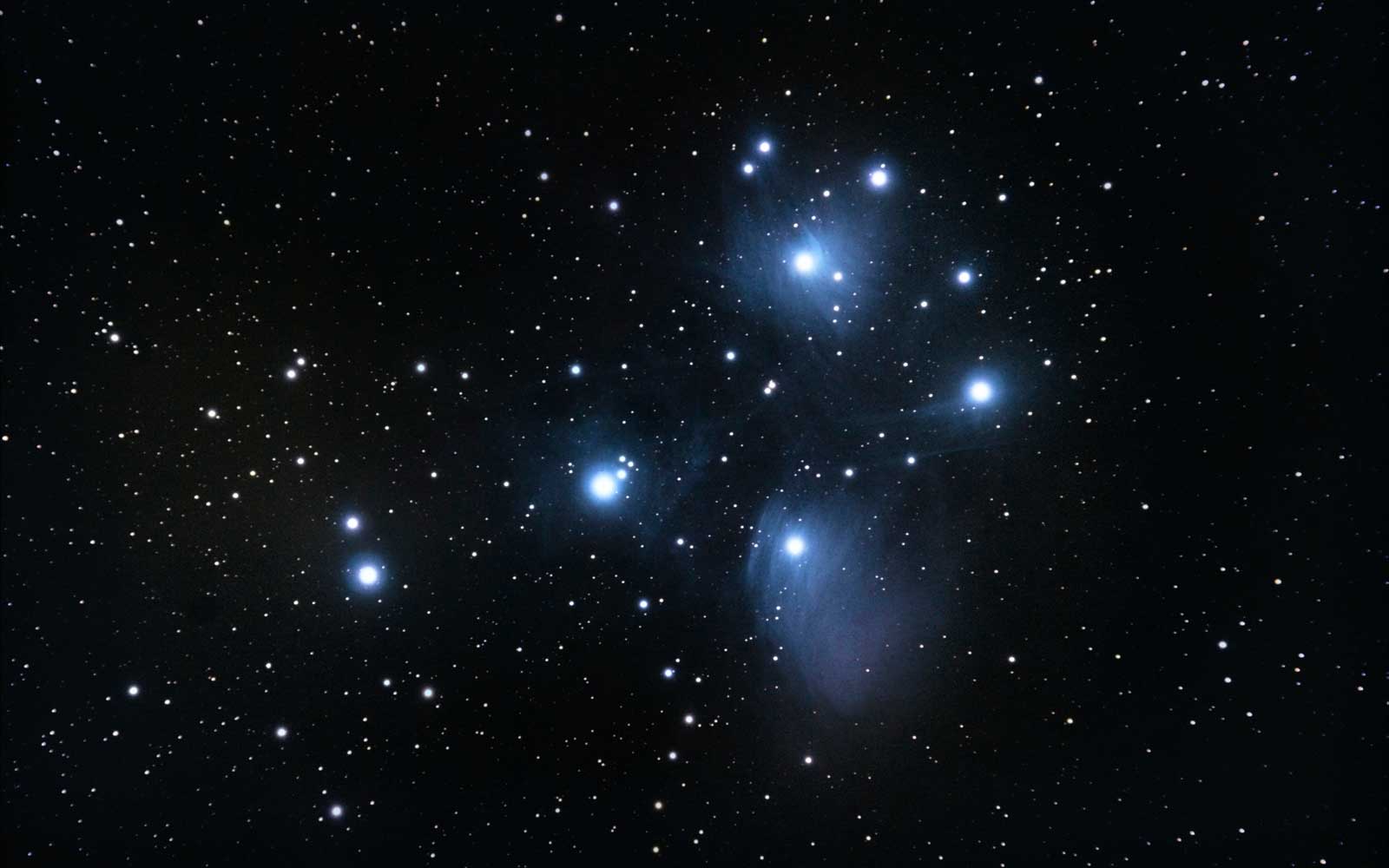There’s something fascinating about the world we live in. The sea is full of unknown answers, creatures, and there’s a lot we don’t know about it. The sky is full of stars, planets, and perhaps even a life that’s beyond our expectations. Space itself is fascinating and mysterious, but we as humans are always eager to learn more.
Here are five fun facts about the stars; we bet you didn’t know.
Stars are Brighter Than the Sun
The first fact about the stars is that, while the sun looks like it’s the biggest and brightest star, it’s not. A number of stars are the same size and brightness as the sun, while most stars are bigger and brighter. As a matter of fact, the least bright star is Alpha Centauri, but it’s still 1.5 times brighter than the sun and is not easily seen from the Northern Hemisphere.
The Sun is the Closest Star
Located almost 150 million km away lies the closest star, the sun. When looking at the sun, you think how far it is, weirdly it’s the closest one. For 4.5 billion years, it has been part of the universe converting hydrogen into helium.
The Sun is a Dwarf Star
The huge star we orbit around is a ‘dwarf star.’ There are plenty of star types; some are ‘normal stars’ that produce their own energy, others include’dwarfs,”giants,’ and ‘supergiants.’Giants and supergiants represent old stages of the star, but those in the stages of evolution are called ‘dwarf stars.’ They’re smaller in size, just like the sun.
Stars are Black Bodies
Stars are black bodies, which means they absorb electromagnetic radiation; they absorb all the waves that fall on them. In other words, black bodies absorb all the radiant energy but don’t re-emit it to other objects. Hence, stars absorb energy and re-emits back into space more than it absorbs.
Stars Don’t Twinkle
When you look at the sky, stars seem to twinkle, but the truth is, they don’t. Earth’s turbulent atmosphere is the culprit, since light from the star passes through many layers different in density.Your eyes will catch a glimpse of the star, but the deflection changes in color and intensity, which is why we see it twinkle.
There’s a lot more we don’t know about the galaxy,but science and some experiences like astronomy sessions and stargazing can bring us closer to the facts. Looking through a telescope and witnessing the wonders of the twinkling starts has a certain thrill that cannot be missed.

